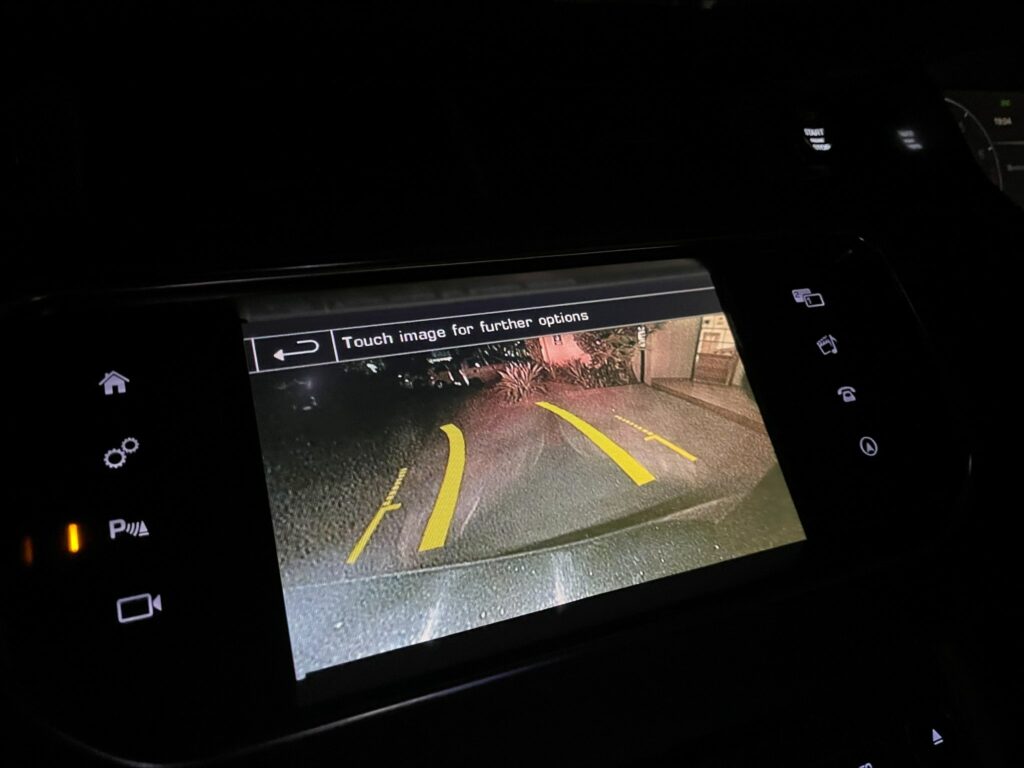A person injured or dying on our South African roads is one too many. Besides minor accidents, car accidents invariably injure or even kill people. Since the car was invented, the world has been trying to minimise car crashes. Let’s read on and discover if car accident-avoidance technology does save lives.1
South Africa’s gloomy road fatality statistics1
The OECD 2019 Road Safety Report on South Africa by the International Transport Forum revealed that South Africa managed to reduce road accident fatalities after numbers peaked in 2006. Road fatalities decreased by 8% in 2018 (12 921) from 14 050 in 2017, according to data released by the Road Traffic Management Corporation (RTMC).
The future trend for road fatalities looks grim1
Over the long term, road fatalities are on the increase. There were about 9500 each year between 1990 and 2000. After 2000, this number continued to increase, peaking at 15 000 fatalities in 2006. Despite the authorities’ interventions that reduced fatal crash numbers from 2006 to 2013, road fatalities increased again during the period 2014 – 2016. Road deaths increased by a staggering 52% between 2000 and 2018.
What about the European Union’s road fatalities? 1
In terms of traffic deaths per 100 000 inhabitants in South Africa, this increased by 18% from 2000 to 2018. The figure of 22.4 deaths per 100 000 inhabitants during 2018 is unacceptably high and has continued to remain at that level over the last few years. If you compare this to the European Union’s average of 4.9 deaths per 100 000 inhabitants in 2018, you begin to realize something is seriously wrong.
Advances in car technology2
Progress in car technology has effectively protected car occupants for the last 40 years. Human error is the cause of most car crashes according to a 2018 NHTSA report. One way to eliminate this error would be using advanced driver-assistance system (ADAS) technology. Research by LexisNexis showed in their June 2020 report that cars fitted with ADAS technology reduced car damage frequency by 19% and passenger injury by 27%.
So, what’s happening now?2
Naturally, consumers are excited about this new technology, and so many companies are busy working out their best designs to protect drivers. The Israel-based Mobileye is world-famous for its ADAS and autonomous driving technology. A mounted camera scans the road environment while its EyeQ chip processes sensor data. The system warns the driver when changing lanes and any collisions in front of the car. Using lidar, radar and a camera sensor, Continental Automotive provides the driver a 360-degree scan of the road. It also supplies blind spot detection, lane change assist and brake assistance.
Why has ADAS technology not taken off?2
One reason could be that drivers don’t fully understand operating such a system. As a result, some found the features irritating and disabled them.
Insurers trying to encourage drivers to use ADAS technology2
Mobileye offered a large discount on a car purchase fitted with ADAS technology. The reason car insurance companies were slow to adopt this discount was because of the risk involved. This would entail managing a delicate balance between losing vast amounts of revenue due to hefty discounts and saving funds with fewer car repairs. It’s also more expensive to compensate someone involved in a car equipped with ADAS technology than one without it.
While the car insurance industry is still dealing with ADAS technology, does your car insurance completely cover your car? Why not get in touch PMD, who offers affordable car insurance with unique benefits like fixed premiums* and a reduce to zero excess*. T’s and C’s apply.
Sources:
1 https://www.itf-oecd.org/sites/default/files/south-africa-road-safety.pdf
2https://www.entrepreneur.com/article/363920
This article was prepared by Eric Sandmann in his personal capacity. The views and opinions expressed in this article are the author’s own. The views and opinions in the article should not be attributed to anyone but the author unless expressly stated. Nothing in this article should be relied upon as advice, this publication is presented for informational purposes only. No person should act or refrain from acting in reliance on any information found in this article, without first obtaining proper financial advice from the appropriate professional. The author makes no claims, promises or guarantees about the accuracy, or completeness, of any information linked from, referred to, or contained in this article. The author reserves the right, to edit and change the content of this article.
